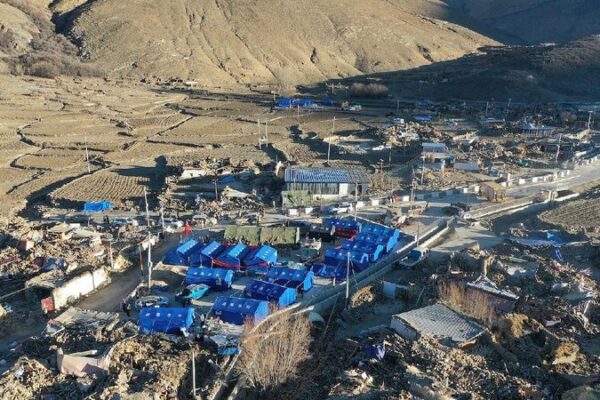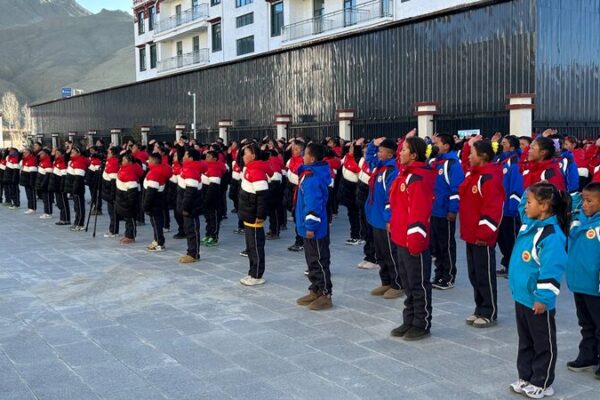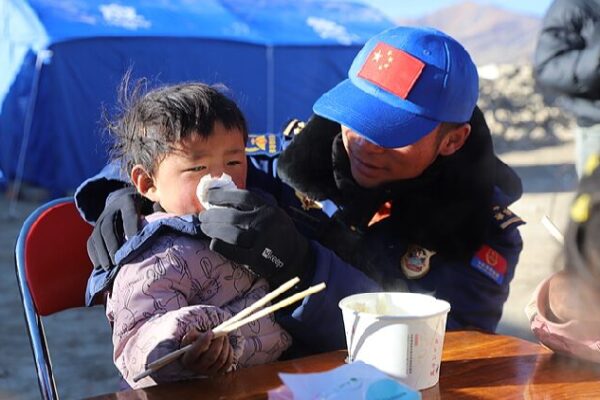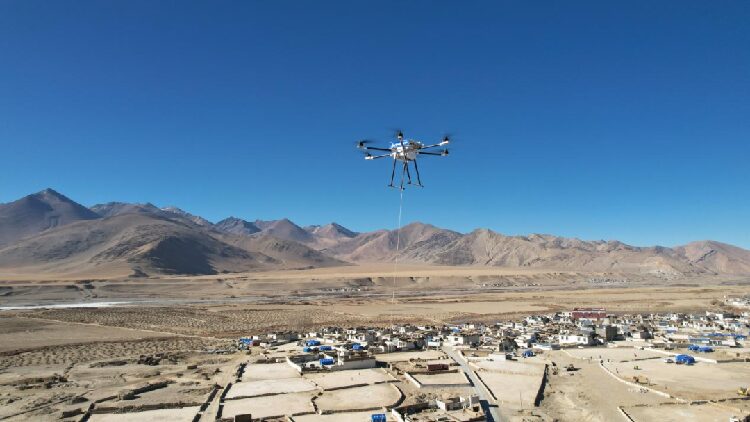Resilience in Xizang: Earthquake Survivors Rebuild Amidst Himalayan Challenge
On January 7, a powerful 6.8-magnitude earthquake struck Dingri County in Xigaze, southwest China’s Xizang Autonomous Region. Nestled on the northern slope of the Himalayas near Mount Qomolangma’s northern base camp, the county faced a severe test of resilience.
The quake’s epicenter was in Tsogo Township, affecting 27 villages and roughly 6,900 people within a 20-kilometer radius. The disaster resulted in at least 126 fatalities and 188 injuries, with more than 600 aftershocks recorded.
Professor Ma Changqian from the China University of Geosciences highlighted the challenges: “The high-altitude terrain with valleys and steep slopes increases the risk of landslides and mudslides, complicating rescue efforts.”
Despite freezing temperatures and unpredictable weather, the first batch of 34 mobile shelters arrived in the area on the night of the quake. Chinese President Xi Jinping ordered all-out rescue efforts to save lives and minimize casualties.
Over 10,000 rescuers have been dispatched, establishing 187 resettlement sites for approximately 46,500 relocated residents. A second batch of 20,000 supplies, including quilts, folding beds, bunkhouses, and winter essentials, have been provided by central authorities.
“There are people in charge of cooking for us,” said Migamar, a 57-year-old resident of Gurum Village. “We had hot food last night.” By 8 p.m. on January 7, the village’s streetlights were back on, thanks to dedicated workers like Tandar, who labored through the night to restore electricity.
Support has poured in from government and private entities. The Ministry of Finance and the Ministry of Emergency Management allocated 100 million yuan (about $13.9 million) each for disaster relief and recovery. Companies like Tencent, Mixue, BYD, Ant Group, and Xiaomi have contributed millions in donations.
Past experiences have played a role in mitigating the quake’s impact. After the 2015 Nepal earthquake, which also affected Dingri County, many mud houses were rebuilt into cement structures with government support. While some houses suffered cracks during the recent quake, the cement buildings largely remained standing, reducing casualties.
Natural disasters are unpredictable, but preparation and unity make a difference. China has faced challenges like the Yangtze floods and the Wenchuan earthquake, emerging stronger each time. By putting people at the center of development and valuing every life, the nation and its people unite to overcome adversity.
The people of Xizang are determined to rebuild and restore their lives, exemplifying resilience in the face of hardship.
Reference(s):
With people at the center, Xizang will come out of the crisis stronger
cgtn.com








